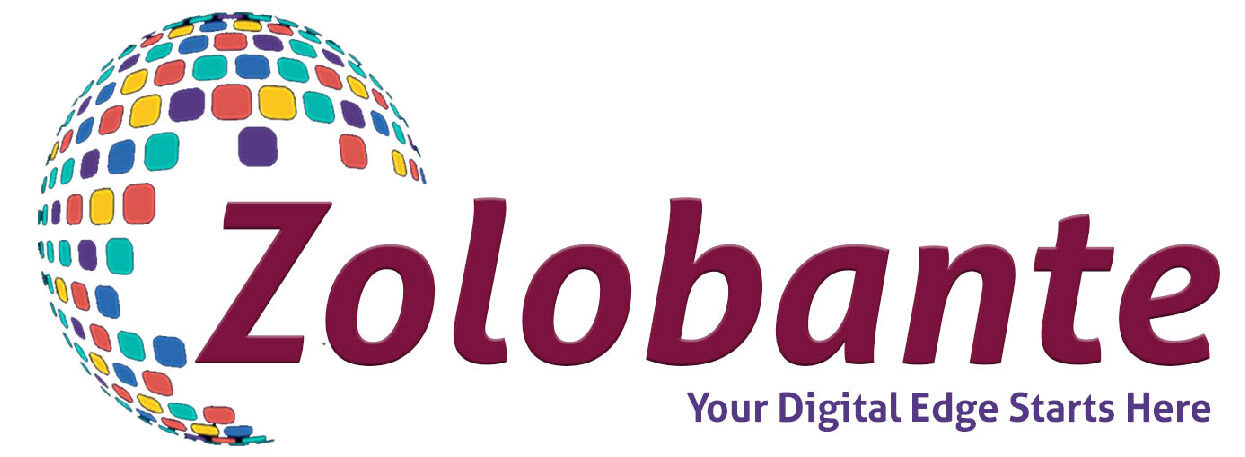The ever-shifting landscape of cybersecurity presents a constant challenge. 2025, in particular, saw a dramatic uptick in sophisticated cyberattacks targeting everyone from individuals to multinational corporations and even governments. Think of it like this: cybercrime has gone Hollywood, employing AI, Deepfakes, and even ransomware-as-a-service (RaaS) – it’s a whole new ballgame. Let’s dive into some of the most pressing threats and explore how to stay ahead of the curve.
The Latest Cybersecurity Threat and How to Stay Safe

AI: Powered Cyber Attack
Artificial intelligence is a double-edged sword. While it enhances security measures, it’s also become a potent weapon in the hacker’s arsenal. AI is automating attacks, crafting incredibly convincing phishing emails, and even sidestepping traditional security protocols with alarming ease.
Real world Cases: AI-generated Email
Remember WormGPT, the AI tool unveiled in late 2024? It generated hyper-realistic phishing emails that bypassed spam filters like a ghost slipping through walls, resulting in widespread corporate data breaches. The impact? Think of massive data leaks and significant financial losses.
How to stay safe:
To combat this, we need a multi-pronged approach. Deploy AI-powered security tools to sniff out anomalies in network traffic and emails. Crucially, train employees to spot these sophisticated phishing attempts – a well-informed workforce is your first line of defense. And, of course, multi-factor authentication (MFA) remains a non-negotiable.
ALSO READ https://shorturl.at/v9ual
Deepfakes: Reality’s Cloning
Deepfake technology, capable of creating incredibly realistic fake videos and audio recordings, is being weaponized. Imagine a perfectly replicated CEO’s voice instructing an employee to transfer millions to a shadowy offshore account. That’s not science fiction; it happened in early 2025, costing one multinational company a staggering $27 million.
How to Stay Safe:
So, how do we navigate this treacherous terrain? Always verify financial transactions through multiple channels – think video calls or in-person confirmation. Implement stringent authorization protocols for substantial fund transfers, leaving no room for ambiguity. And invest in AI-powered deepfake detection tools to scrutinize any suspicious audio or video.
Ransomware-as-a-Service (RaaS): Cybercrime’s Franchise Model
Ransomware attacks have morphed into a disturbingly efficient business model. Hackers now rent or sell their ransomware tools, democratizing cyberattacks and making them more prevalent.
Real World Cases:
The attack on a major US hospital network in March 2025 serves as a chilling example. Emergency services were crippled, patient data was exposed, and the hackers demanded a hefty $10 million ransom in cryptocurrency. The hospital, unfortunately, paid up.
How to stay safe:
The lesson? Regularly back up your critical data and store it offline, away from the clutches of digital bandits. Avoid clicking suspicious links or opening unknown email attachments like the plague. And deploy endpoint detection and response (EDR) solutions to monitor network activity – think of it as having a digital watchdog on patrol.
The Internet of Things (IoT): A House of Cards?
The proliferation of smart devices presents a Pandora’s Box of security vulnerabilities. Many IoT devices have weak security measures, making them easy targets. One incident in 2025 saw hackers commandeering thousands of smart home security cameras due to weak passwords and outdated firmware. The consequences? Live footage was accessed and even sold on the dark web. This is a stark reminder of the importance of IoT security.
How to Stay Safe:
The solution? Change default passwords on all your IoT devices, update firmware and security patches religiously, and consider using a separate Wi-Fi network for your smart home devices to contain any potential breaches.
Cloud Security Breaches: The Digital Fortress Under Siege
Cloud services are essential for businesses, but they also represent a prime target for attackers. Misconfigured cloud systems are often exploited to pilfer sensitive data. A global bank learned this the hard way in 2025, suffering a data breach affecting 2 million customers due to a misconfigured cloud storage bucket. The fallout? Identity theft and widespread fraud.
To mitigate these risks, enable end-to-end encryption for cloud-stored data. Regularly audit your cloud configurations to identify and rectify any misconfigurations. Embrace Zero Trust Security principles to minimize unauthorized access – better safe than sorry, right?
General Best Practices: The Fundamentals
Let’s not forget the basics: strong, unique passwords (a password manager is your friend!), two-factor authentication, keeping software updated, vigilance against phishing emails, securing your Wi-Fi network, and fostering a culture of cybersecurity awareness. These seemingly simple steps form the bedrock of robust digital security.
Conclusion:
The cybersecurity threat landscape is dynamic and unforgiving. Hackers are constantly evolving their tactics, leveraging cutting-edge technologies. However, by staying informed, embracing advanced security tools, and adhering to sound cybersecurity practices, we can significantly reduce our vulnerability and navigate this digital minefield with greater confidence.



